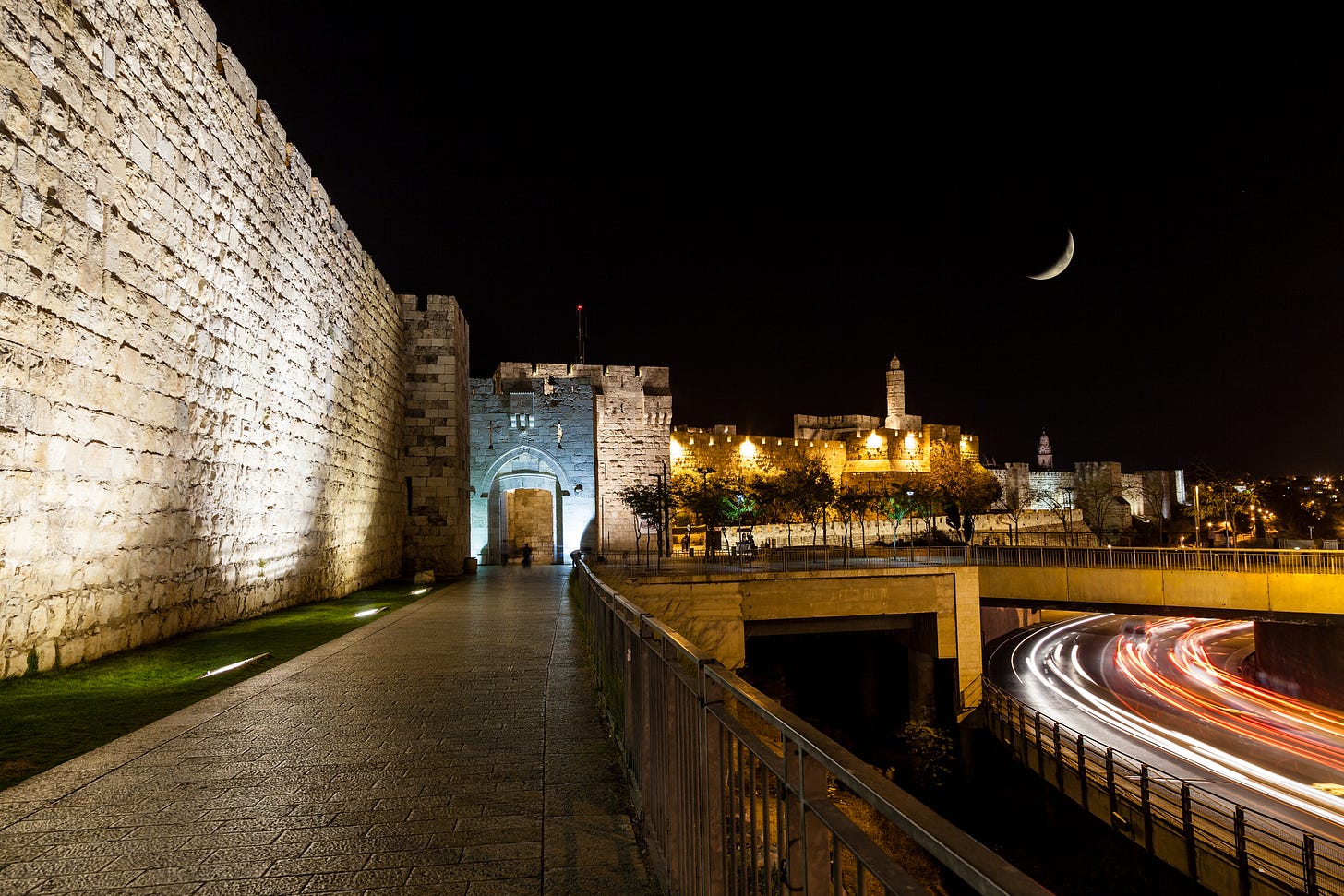The Birth of Malchus
Rosh Hashanah 5786
Recently I came to the realization that while I learn and share many meaningful ideas about how to live, how to understand others, and how to relate to the world around me, I often resist bringing them into my day to day life. As an example, I know the importance of leaving space before I respond, yet when a child irritates me that space feels hard to hold. I try to speak to myself with kindness, though the pull toward self-criticism still lingers. Therefore, I have resolved to take it slowly and work ideas into my routine step by step.
Integration is always the challenge. How do we move from knowing to doing, from lessons that sound right when we learn them to the choices we make in the kitchen, at work, or when a child is melting down?
As I wrote in a previous post, being a tzaddik in Elul means letting go of the illusion of perfection and focusing instead on steadiness and balance. The goal is balance.
What happens after Elul, once we step out of the incubator? Yes, we took a small st…




